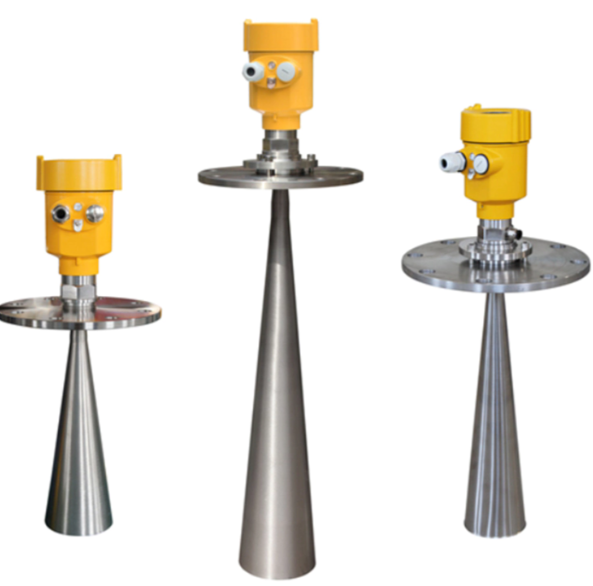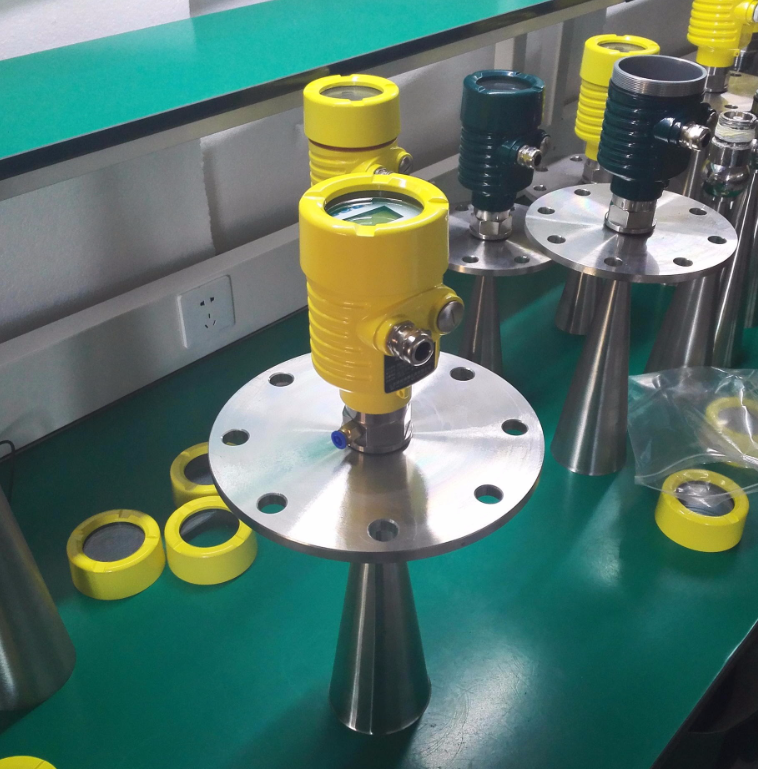BETTER TOUCH BETTER BUSINESS
Contact Sales at KAIDI.
Guided wave radar is a measuring instrument based on the principle of time travel. The radar wave runs at the speed of light, and the running time can be converted into a level signal through electronic components. The probe emits a high-frequency pulse and propagates along the cable or rod probe. When the pulse meets the surface of the material, it is reflected back and received by the receiver in the instrument, and the distance signal is converted into a level signal. Due to the advanced microprocessor and the unique Echo Discovery echo processing technology, the magnetrol guided wave radar can be applied to various complex working conditions. A variety of process connection methods and types of detection components make the 70X series guided wave radar level gauges suitable for various complex working conditions and applications. Such as: high temperature, high pressure and small dielectric constant medium, etc. Using the pulse working mode, the guided wave radar level gauge has extremely low emission power, and can be installed in various metal and non-metal containers without harming the human body and the environment.

The guided wave radar level gauge must pass the level gauge identification standard verification before use, but after a long time of use, the readings sometimes fluctuate. There are several reasons for this failure. Guided wave radar liquid level measurement measurement blind zone is too small. Medium fluctuations will cause changes in the readings of guided wave radar liquid level measurement. This phenomenon is caused by process deviations and is not an instrument failure. Generally, after the medium fluctuation stops, the guided wave radar liquid level measurement reading will return to normal. The installation position of the guided wave radar level sensor liquid level measurement steel cable is too close to the inner wall of the equipment, which may easily cause the steel cable to swing and collide with the inner wall of the equipment. The guided wave radar liquid level gauge is installed close to the feed inlet, and the feed material scours the steel cable, resulting in fluctuations in the guided wave radar liquid level measurement indication. The guided wave intensity of the guided wave radar level gauge is too strong or too weak, resulting in large changes in readings. The wire rope of the guided wave radar liquid level gauge is loosely installed or has no counterweight, which will easily cause the wire rope to swing and collide with the inner wall of the equipment, resulting in large fluctuations in the indication of the liquid level gauge.

There are several solutions to the above problems. The blind zone setting of the guided wave radar level gauge must be adjusted according to the needs of the site, and the guided wave intensity of the guided wave radar level gauge must be adjusted according to the needs of the site. When installing the guided wave radar level gauge cable, it should be tightened and fixed, or reconfigured, and a counterweight should be placed at the bottom of the guided wave radar level meter cable to prevent the cable from shaking during the measurement process. The installation position of the guided wave radar level transmitter must avoid the feed inlet and keep an appropriate distance from the tank wall.

We are here to help you! If you close the chatbox, you will automatically receive a response from us via email. Please be sure to leave your contact details so that we can better assist